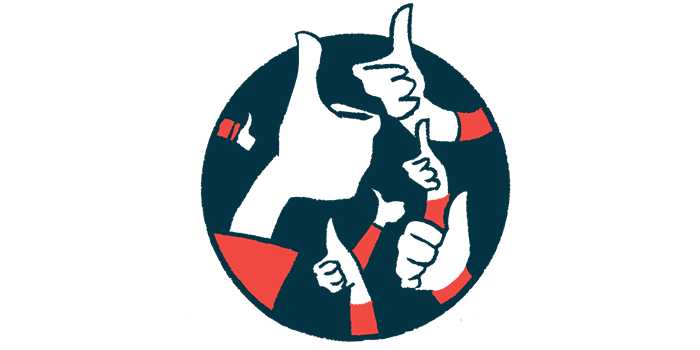Taysha Approved in Canada for Trial Testing TSHA-118 for CLN1 Disease
Written by |

With approval from Health Canada, Taysha Gene Therapies will begin a Phase 1/2 clinical trial testing TSHA-118, its investigational gene therapy for CLN1 disease, also known as infantile Batten disease.
This first trial will launch at Queen’s University, in Ontario, under the coordination of Jagdeep Walia, MD, with initial data expected by June, the company said in a press release.
Taysha also has an open investigational new drug (IND) application in the U.S. for TSHA-118.
“We believe TSHA-118 offers the potential for a disease-modifying therapeutic approach for patients affected by this disease,” said RA Session II, president, founder, and CEO of Taysha.
“We look forward to working in collaboration with Queen’s University and expect the availability of preliminary clinical safety and PPT1 enzyme [the protein that is absent or working poorly in CLN1] activity data in the first half of 2022,” Session said.
TSHA-118 uses a harmless viral vector called AAV9 to deliver a functional copy of the CLN1 gene to cells in the central nervous system, which is the part of the nervous system comprising the brain and spinal cord.
“CLN1 disease is caused by mutations in the CLN1 gene, which encodes the soluble lysosomal enzyme palmitoyl-protein thioesterase-1, or PPT1,” said Suyash Prasad, chief medical officer and head of research and development of Taysha. “Introduction of a functional CLN1 gene with TSHA-118 treatment offers a potentially effective therapeutic approach that addresses the root cause of the disease.”
The AAV9 viral vector has the ability to cross the blood-brain barrier, making it possible for the gene therapy to enter the central nervous system, the company states on its website. The blood-brain barrier is a cell-made membrane that shields the brain from potentially harmful substances in the blood while allowing nutrients to reach the brain.
Preclinical studies in mice lacking the CLN1 gene have shown that TSHA-118 given into the spinal canal (intrathecally) prolonged survival, improved behavior, and preserved motor function. The therapy resulted in a sustained increase in the levels of active PPT1.
It also was safe and well-tolerated, with no associated side effects.
A natural history study (NCT04613089) at the University of Hamburg, in Germany, is collecting data on CLN1 disease and other types of Batten disease from the international DEM-CHILD database.
Another study (NCT01873924) at the University of Rochester, in the U.S., is looking at the age at onset of symptoms and the link between age and symptom severity. Patients whose symptoms begin during adulthood appear to have a PPT1 activity of 5% to 8%, suggesting that an increase in PPT1 activity from 0.1% to 5% may have therapeutic potential.
“In preclinical models of CLN1, TSHA-118 significantly extended survival and improved behavior,” Prasad said. “We are highly encouraged by the therapeutic potential of TSHA-118 and expect PPT1 activity of 5% or greater to normalize survival and significantly improve clinical phenotype based on natural history data.”
Now that the therapy is moving into studies in humans, the goal is to evaluate how safe it is and whether it leads to an increase in PPT1 activity in the serum — the clear, liquid part of the blood — and cerebrospinal fluid, which is the liquid that surrounds the brain and spinal cord.
The Phase 1/2 trial will be open label, meaning that both investigators and patients are aware of the therapy being given.
TSHA-118 has received orphan drug, rare pediatric disease, and fast track designations from the U.S. Food and Drug Administration for CLN1 disease, as well as orphan drug status from the European Commission. There currently are no treatments for infantile Batten disease.





